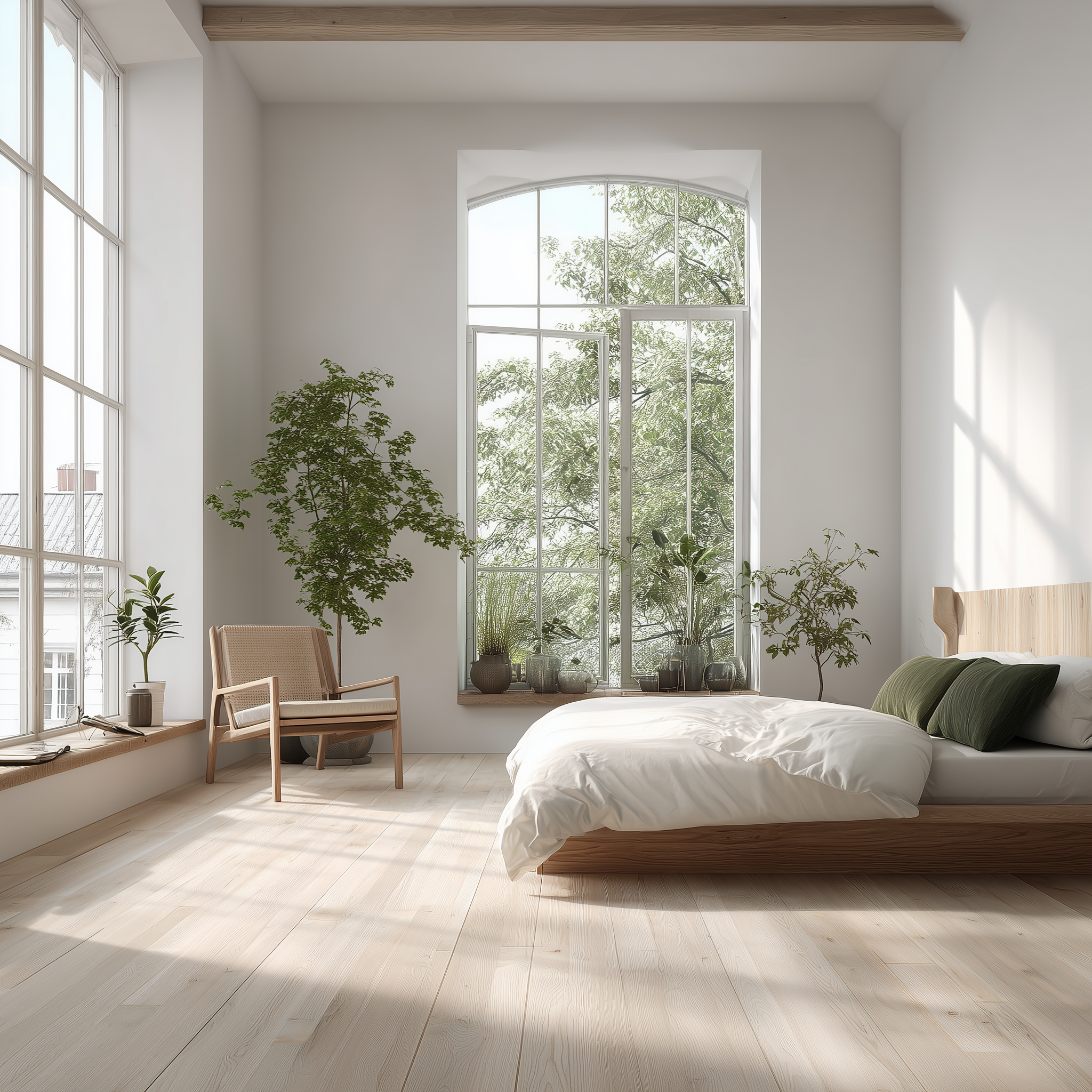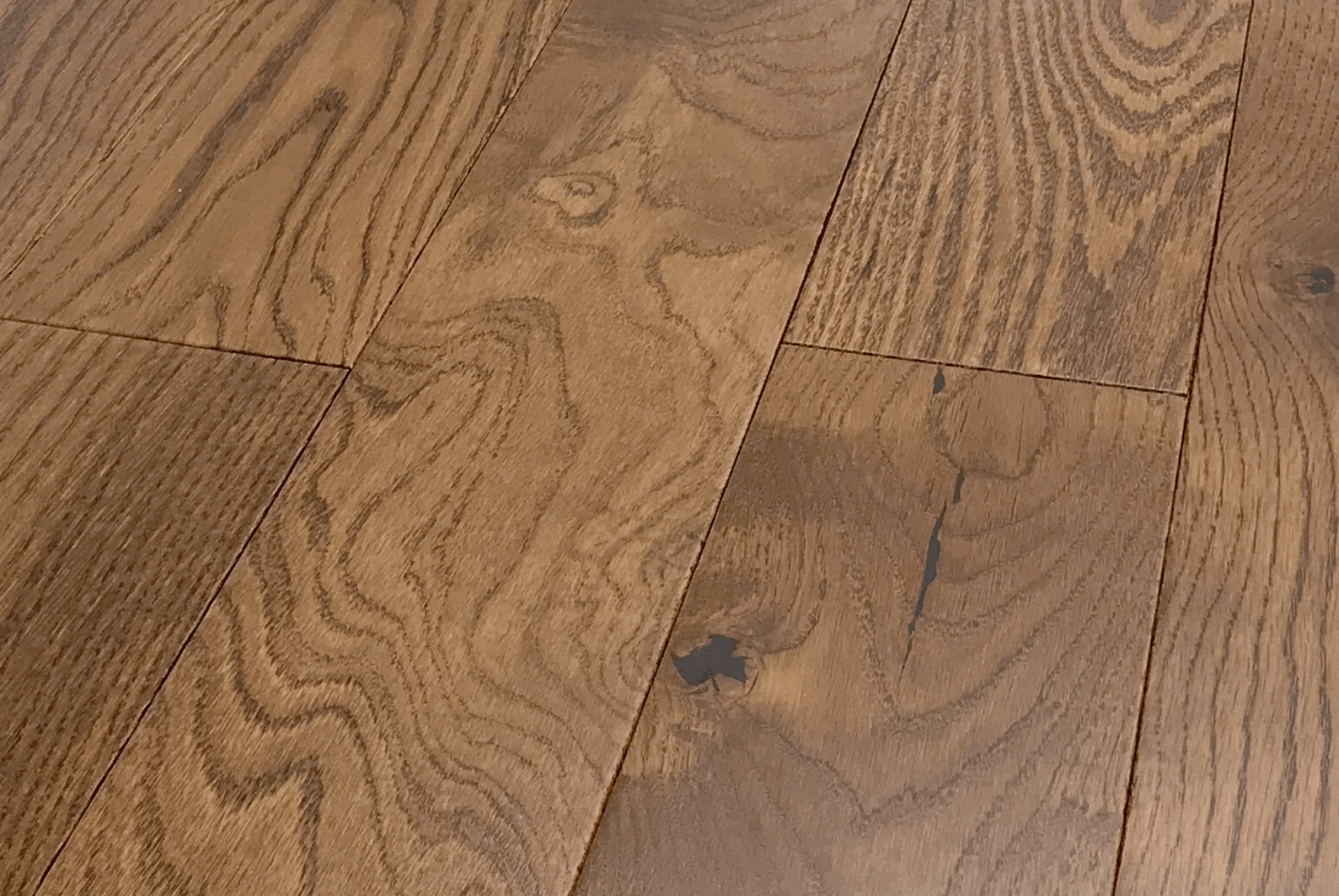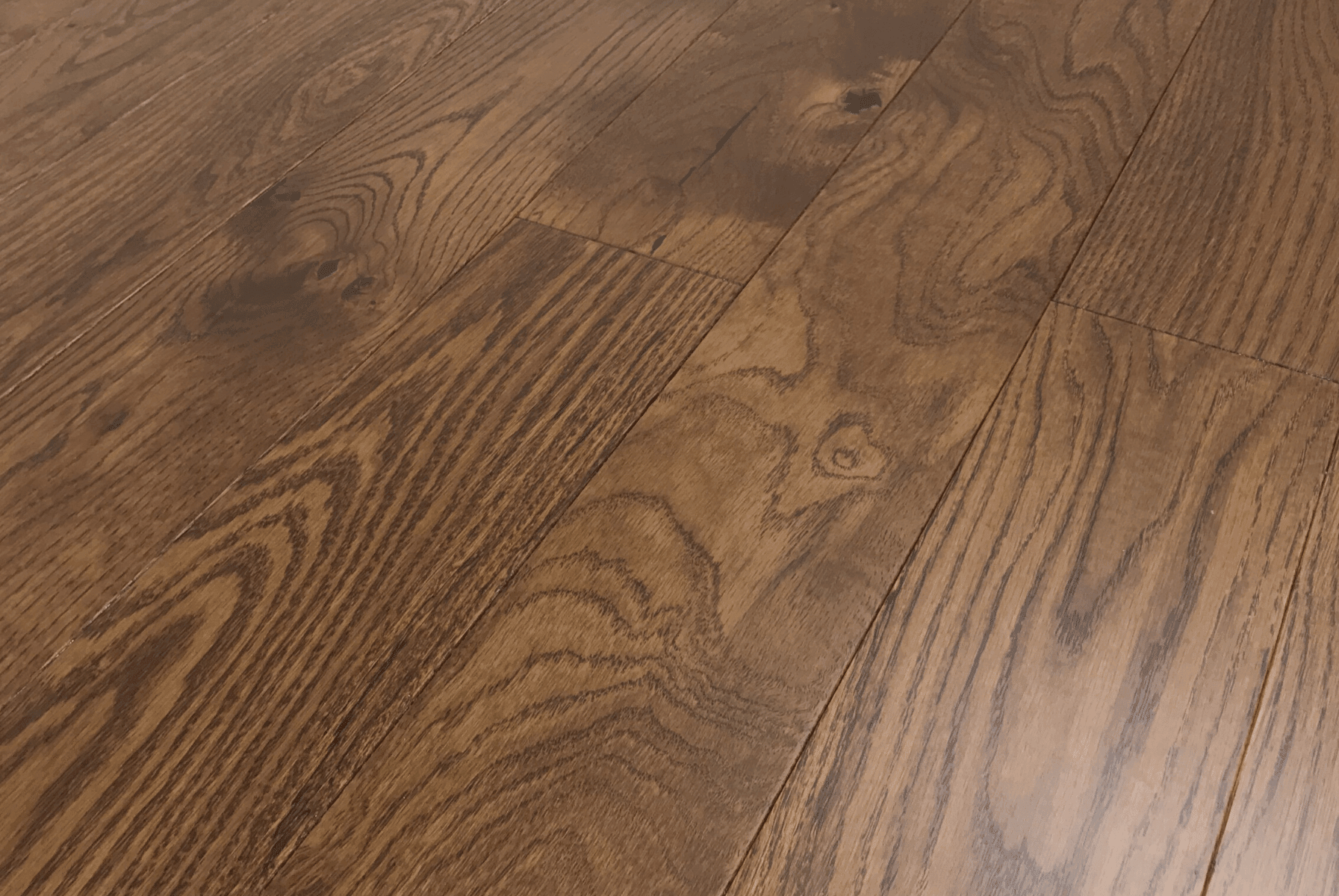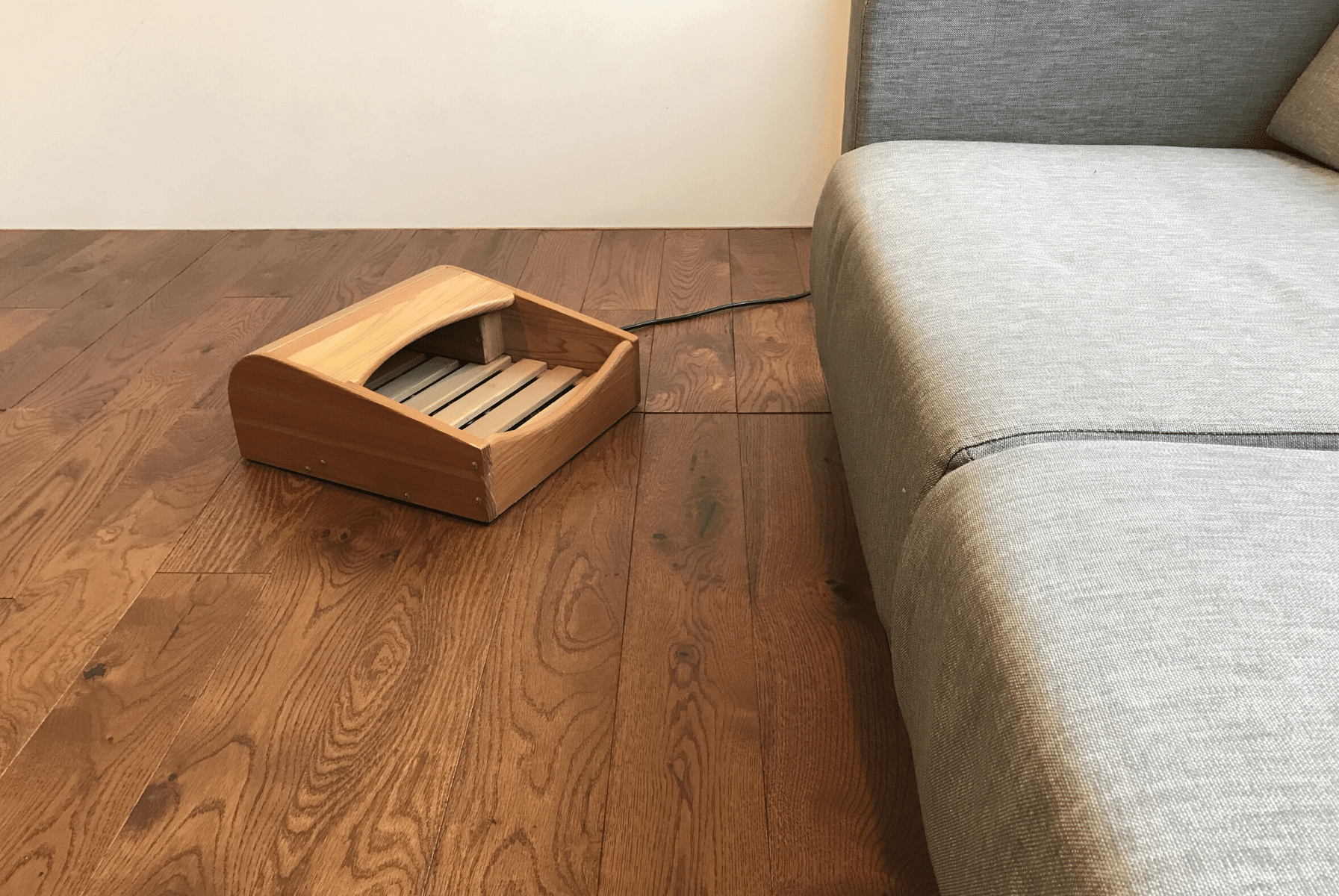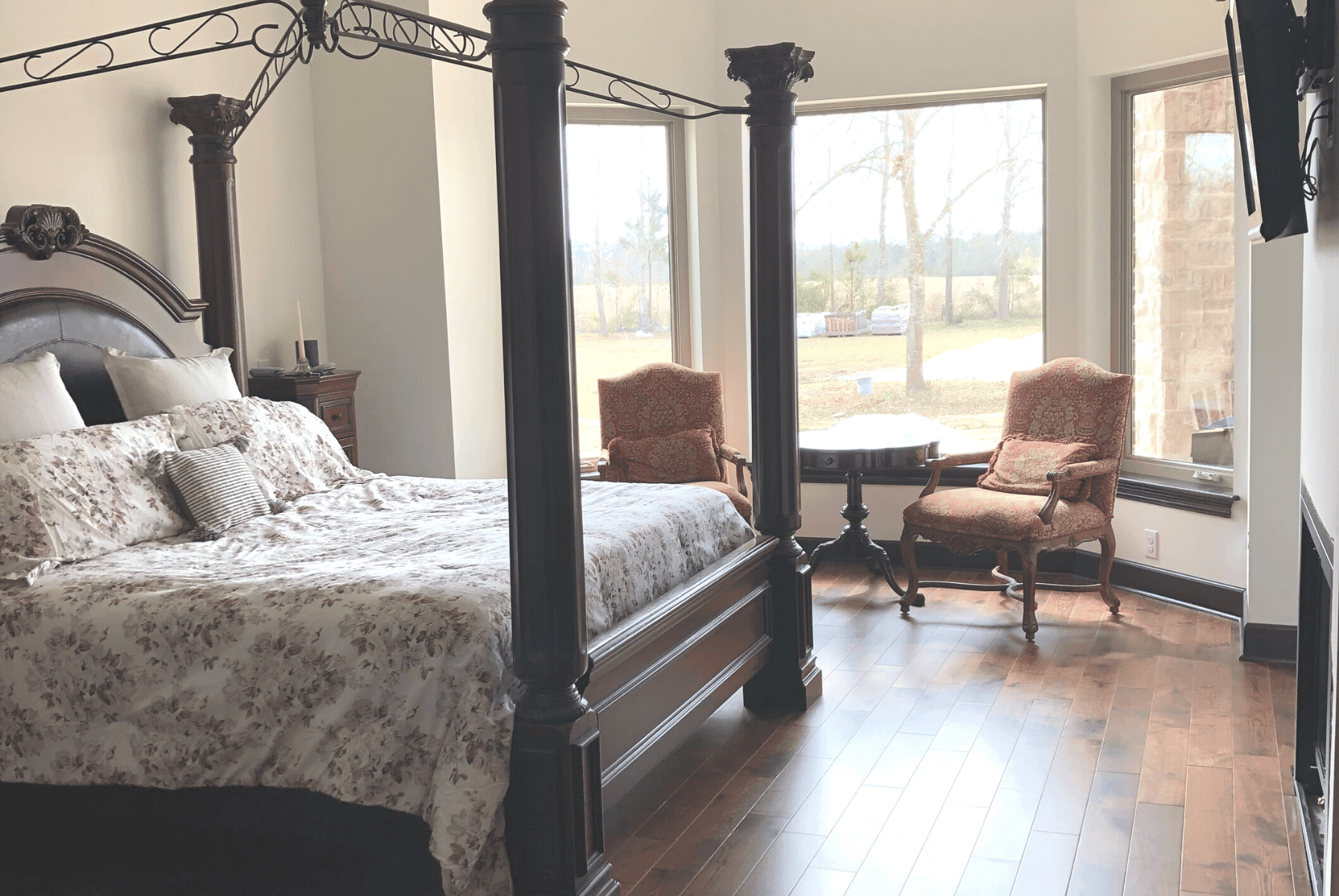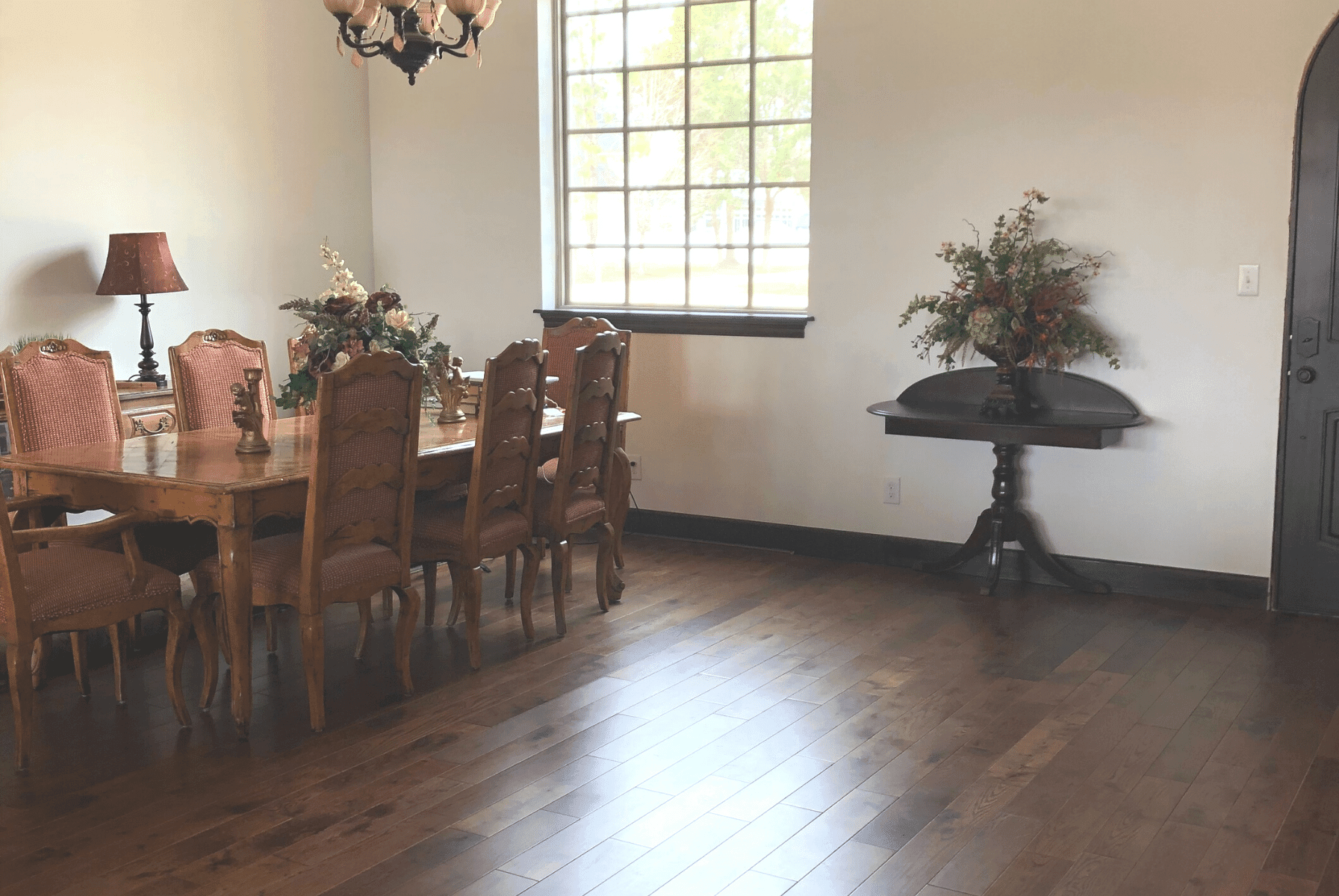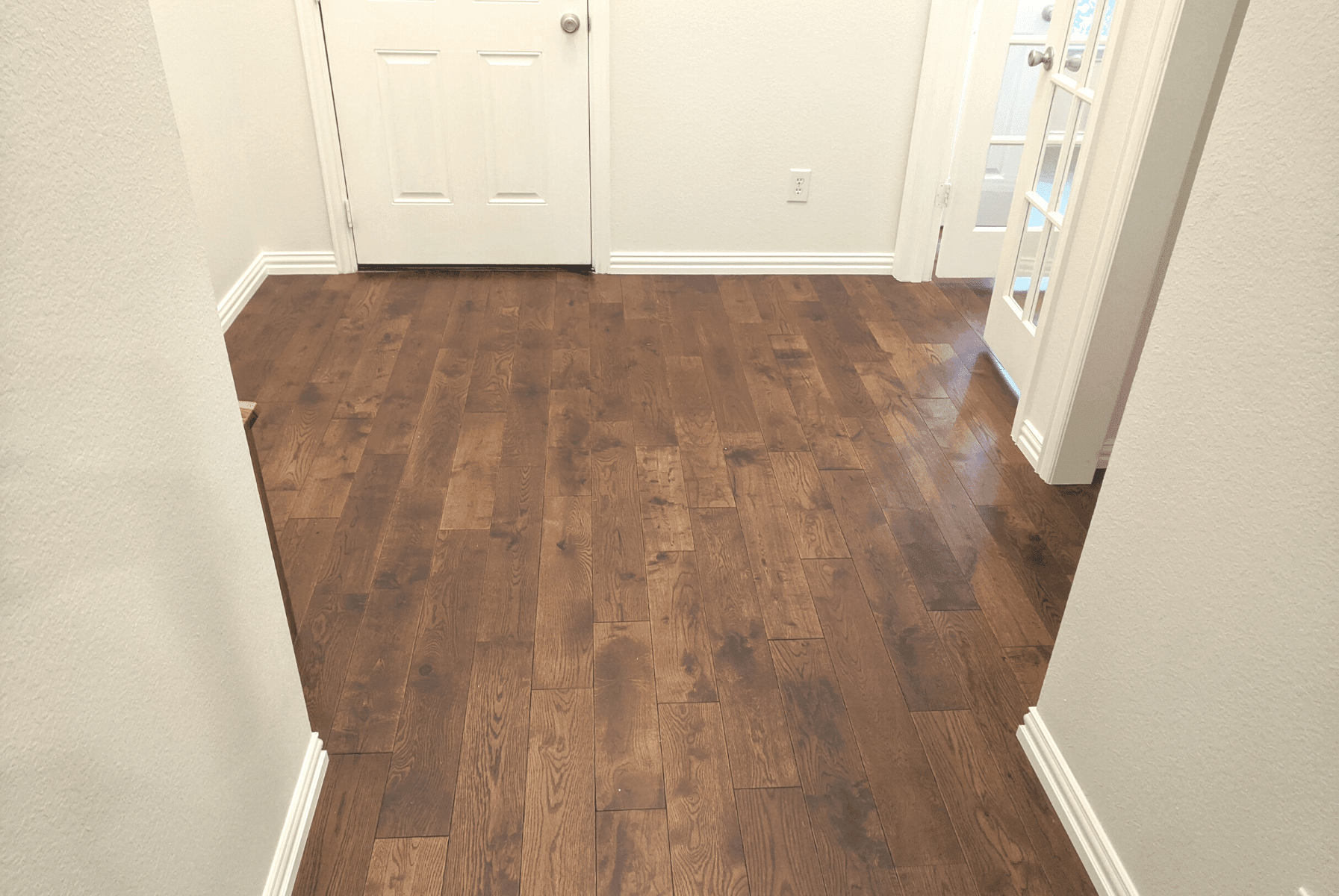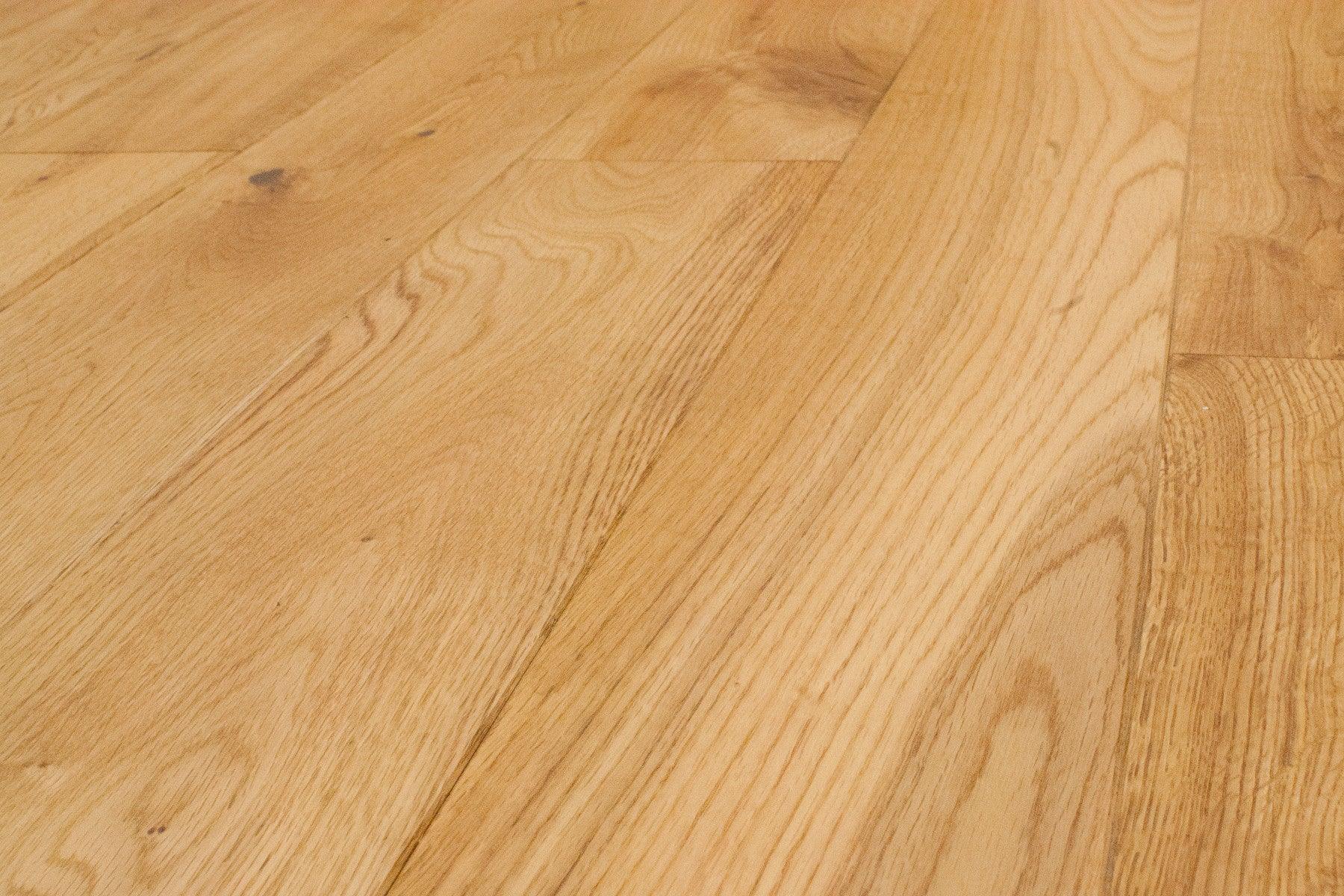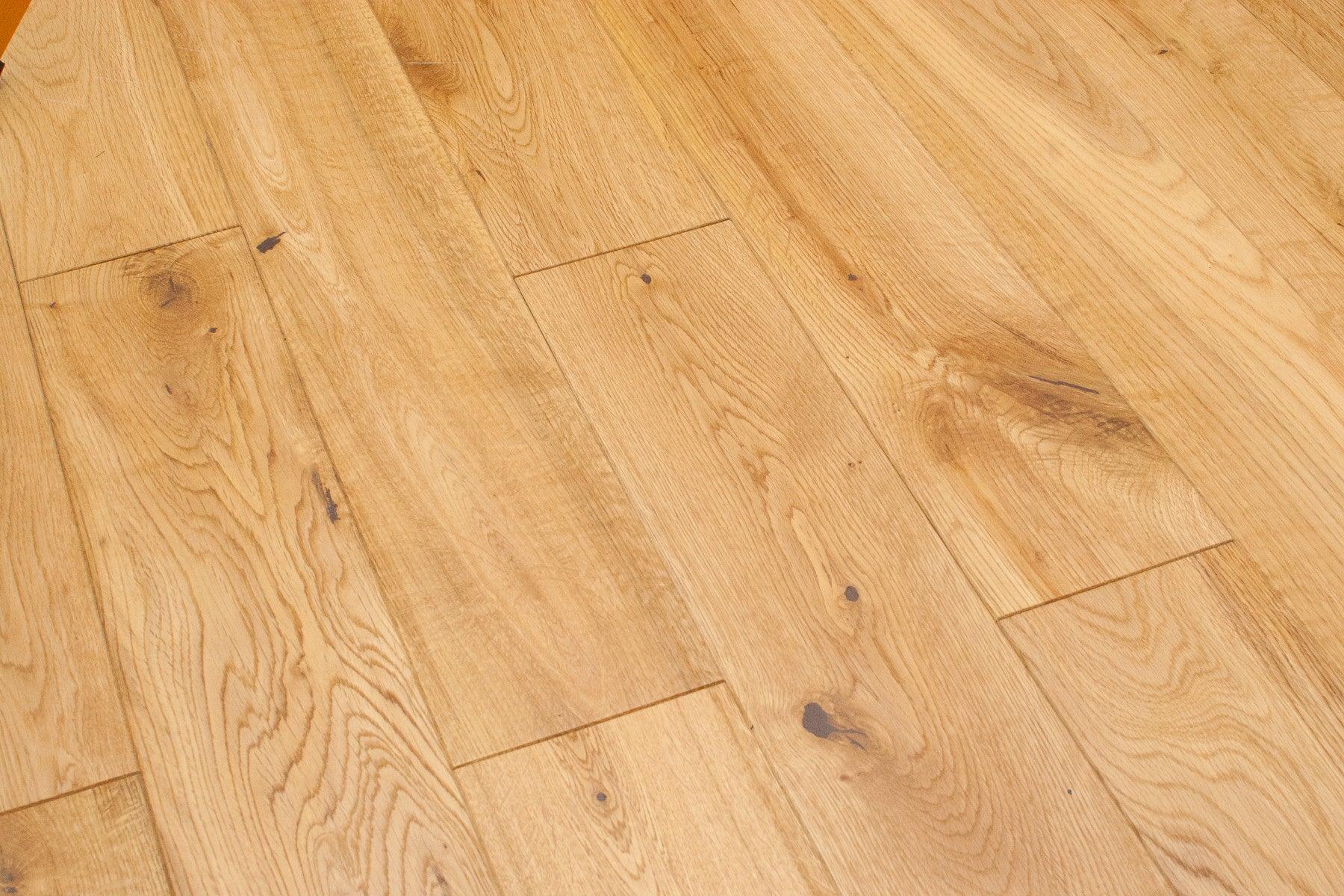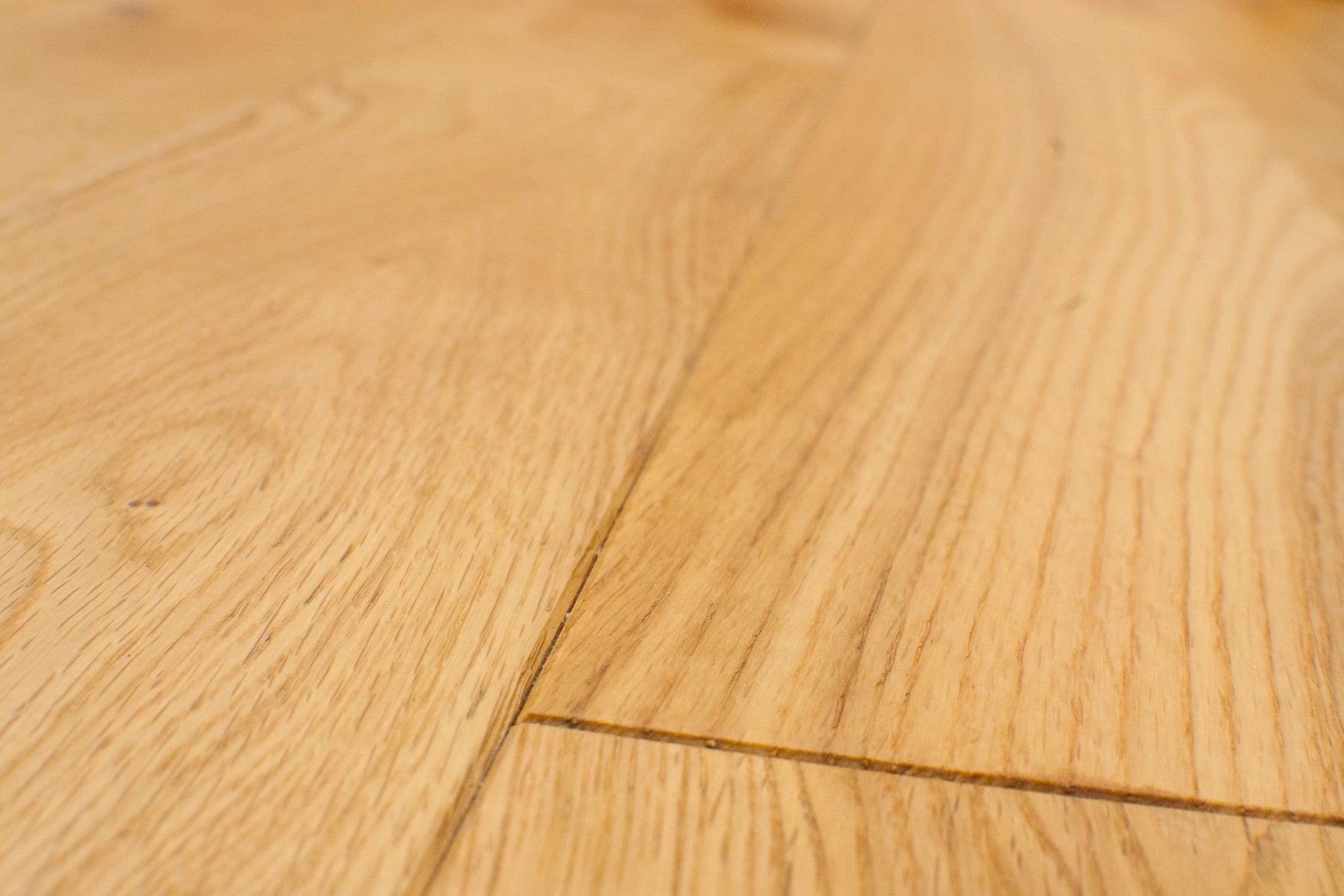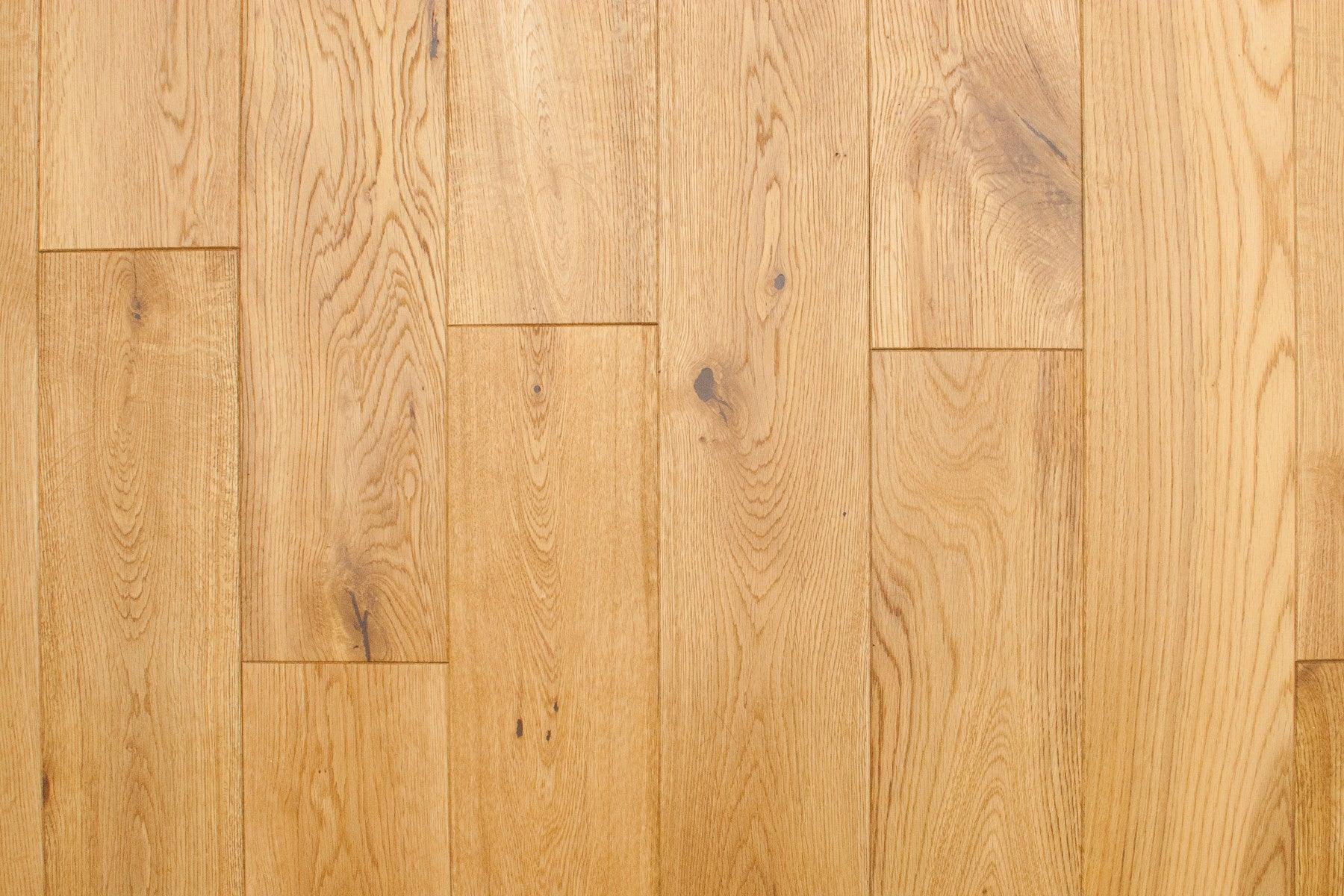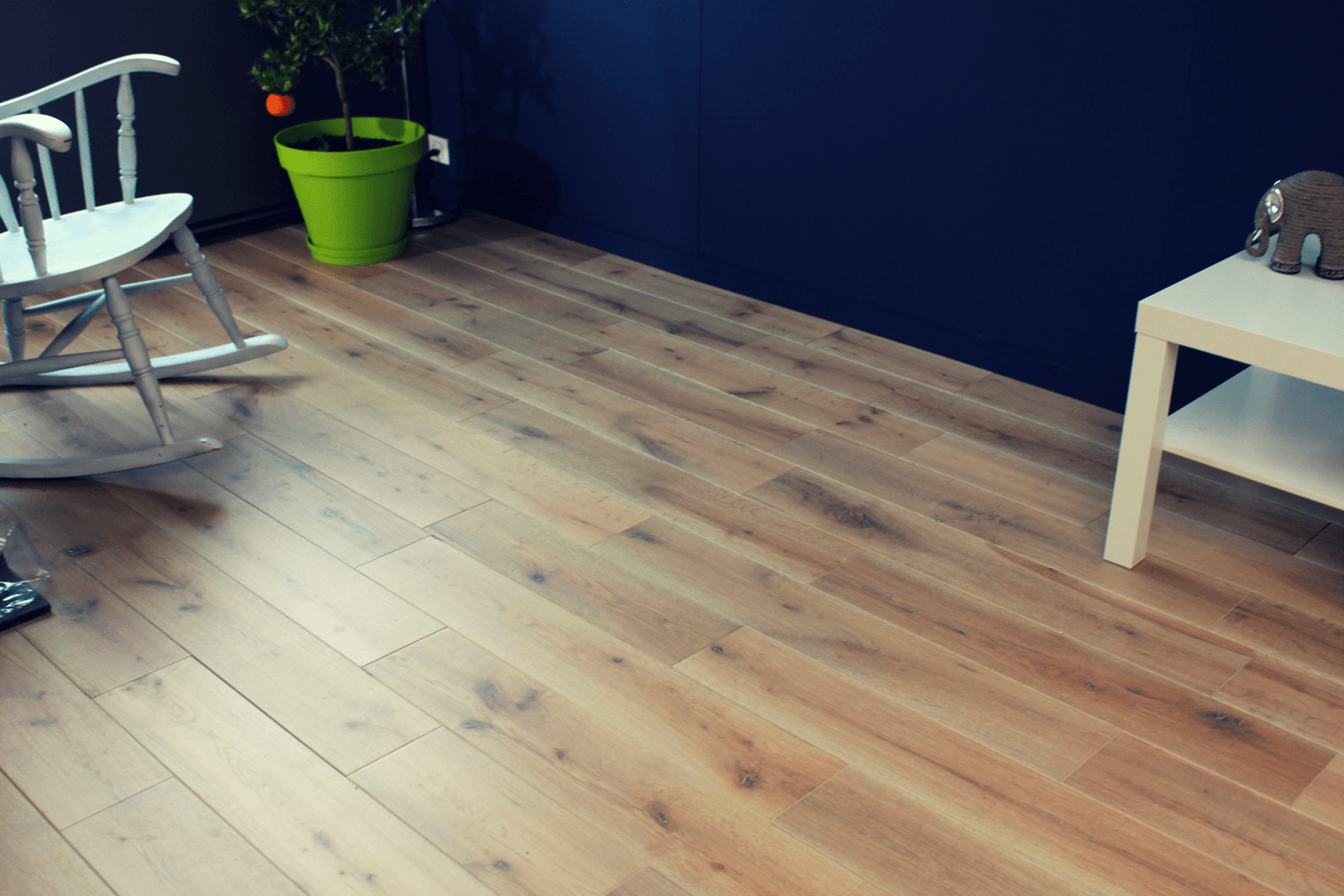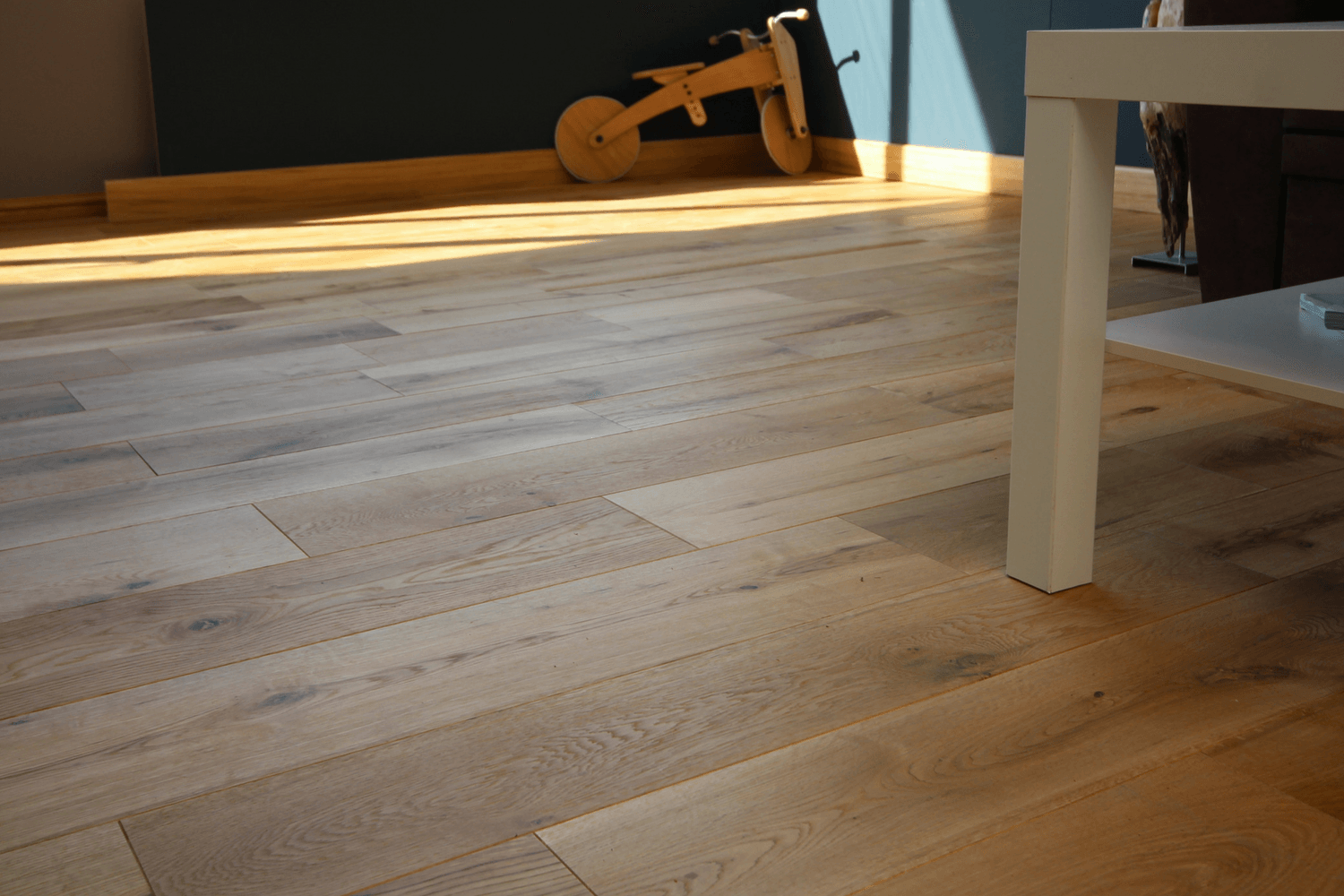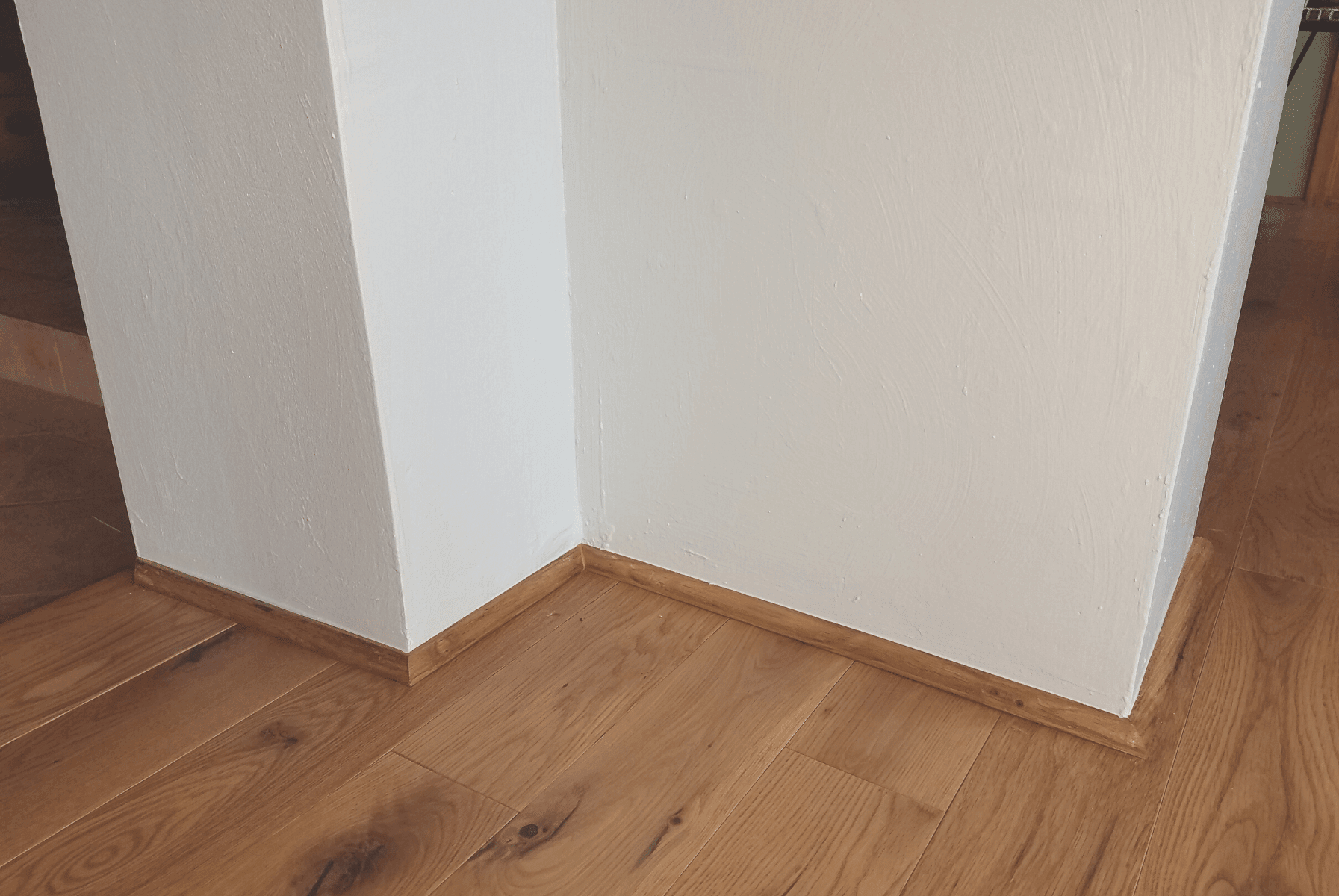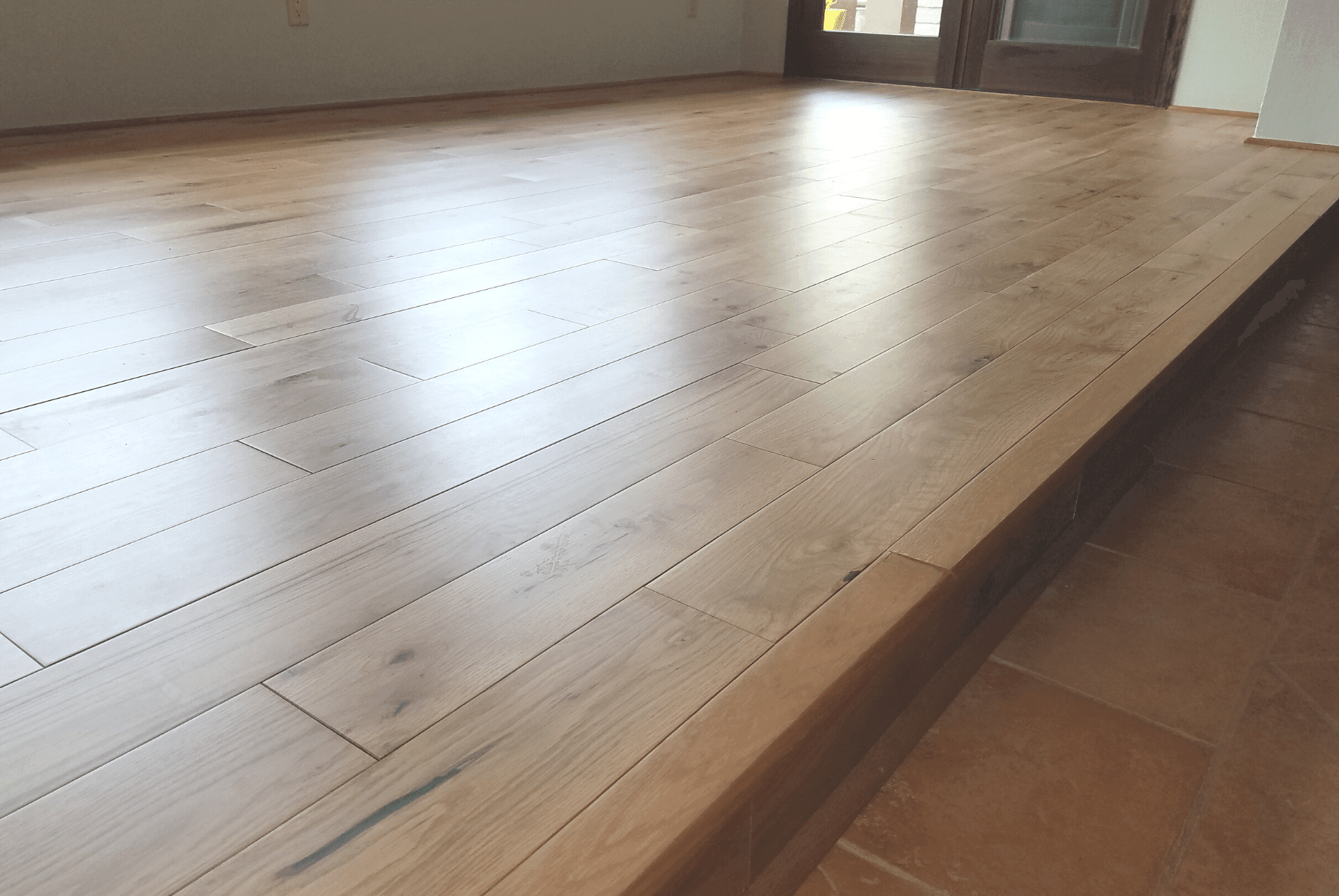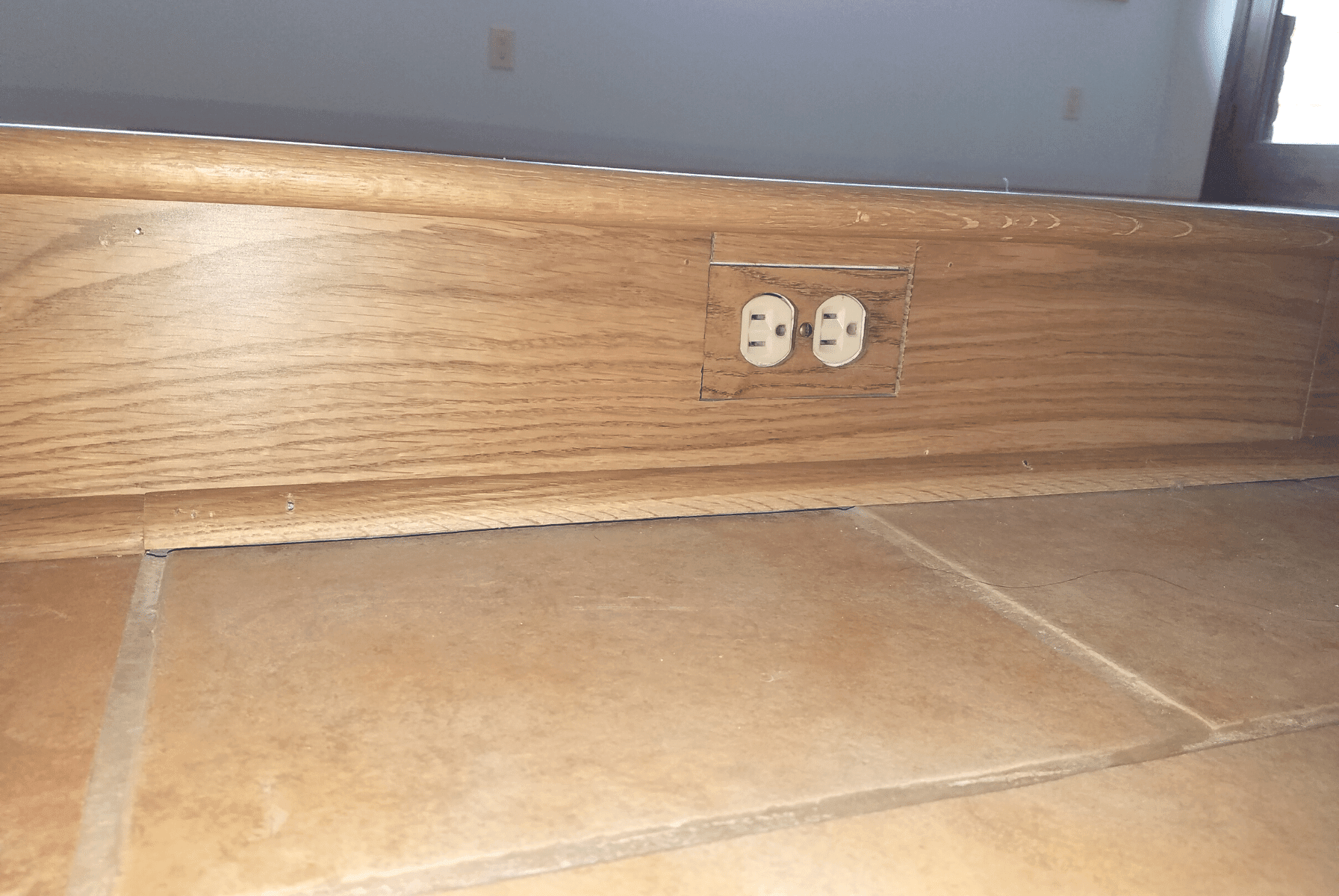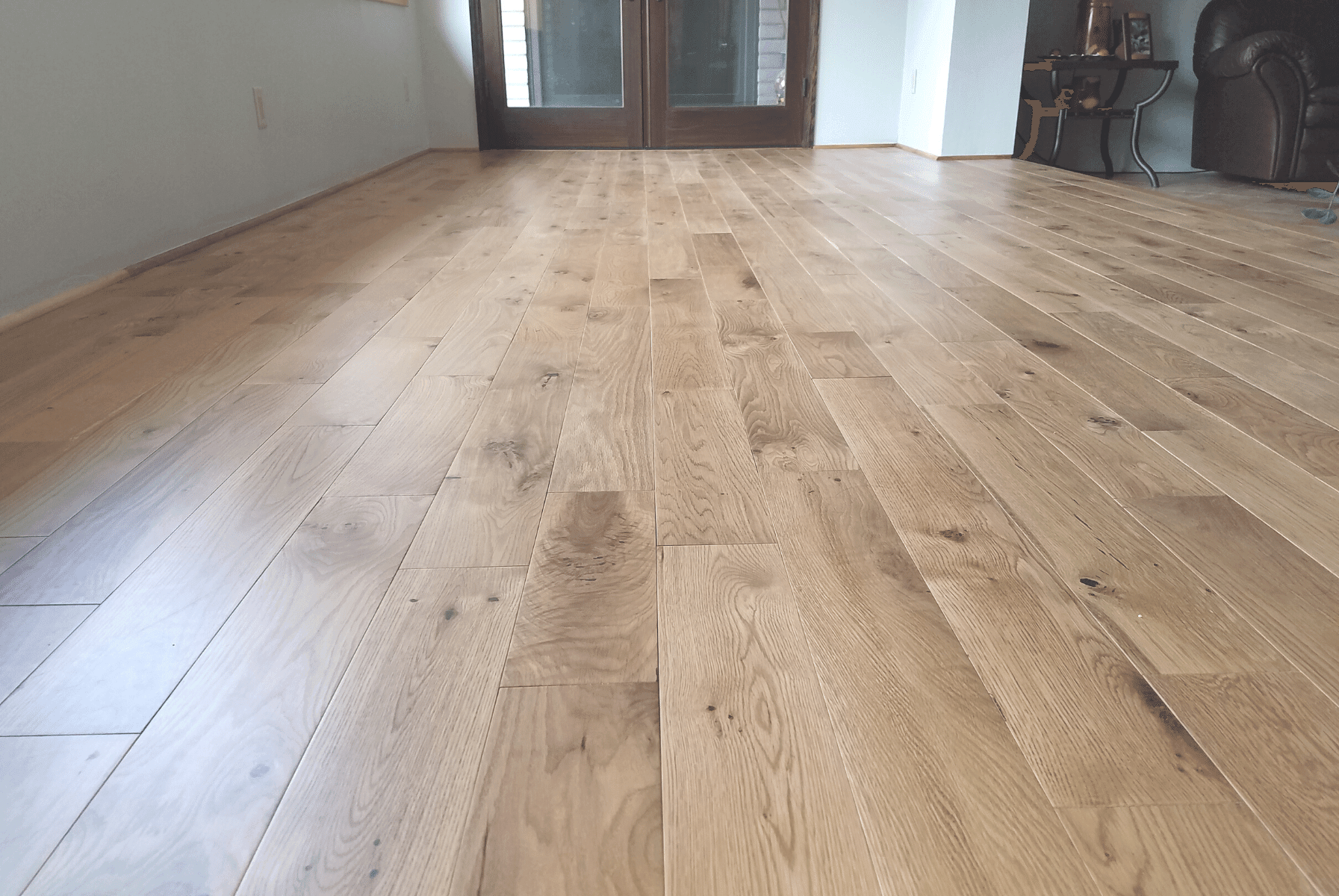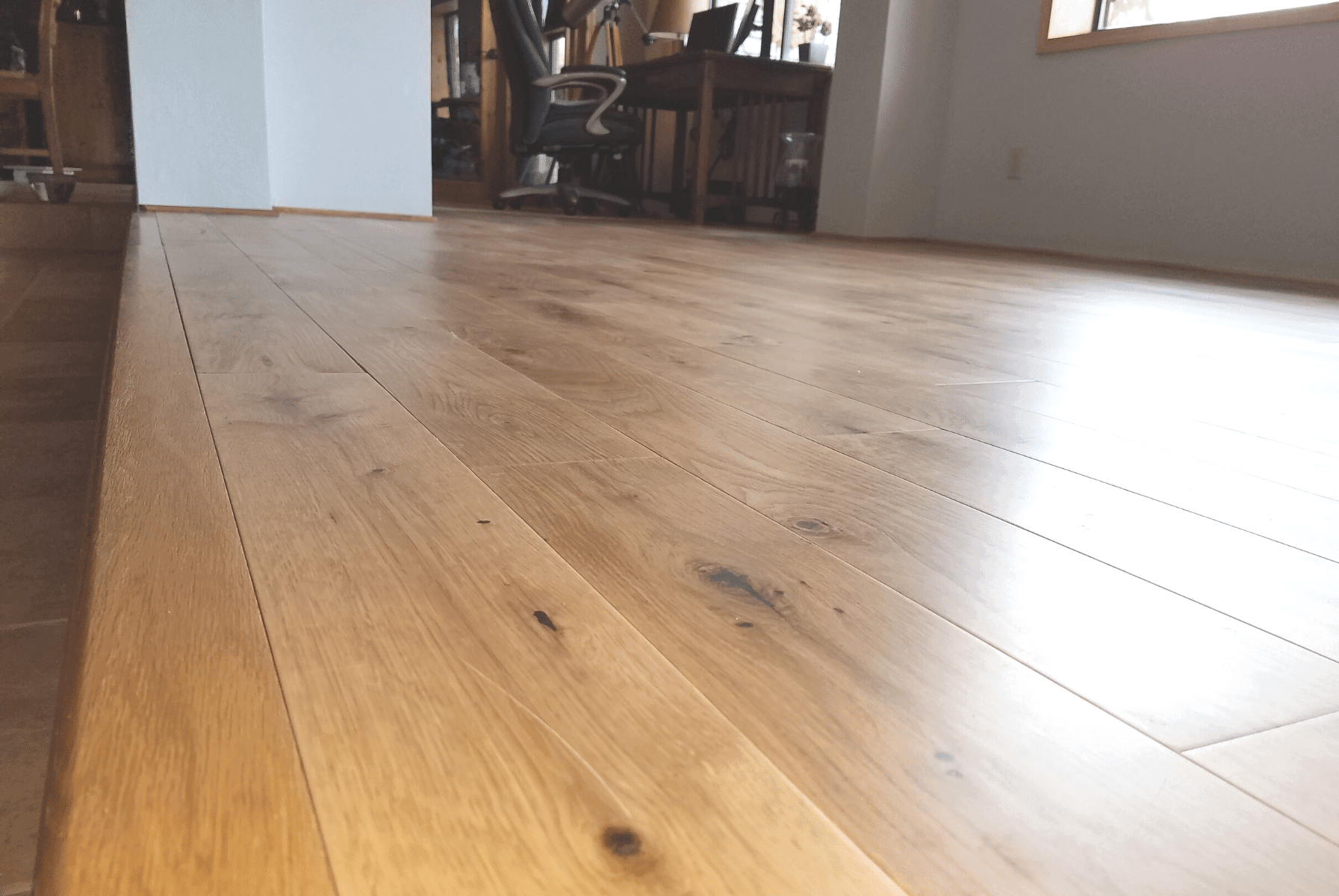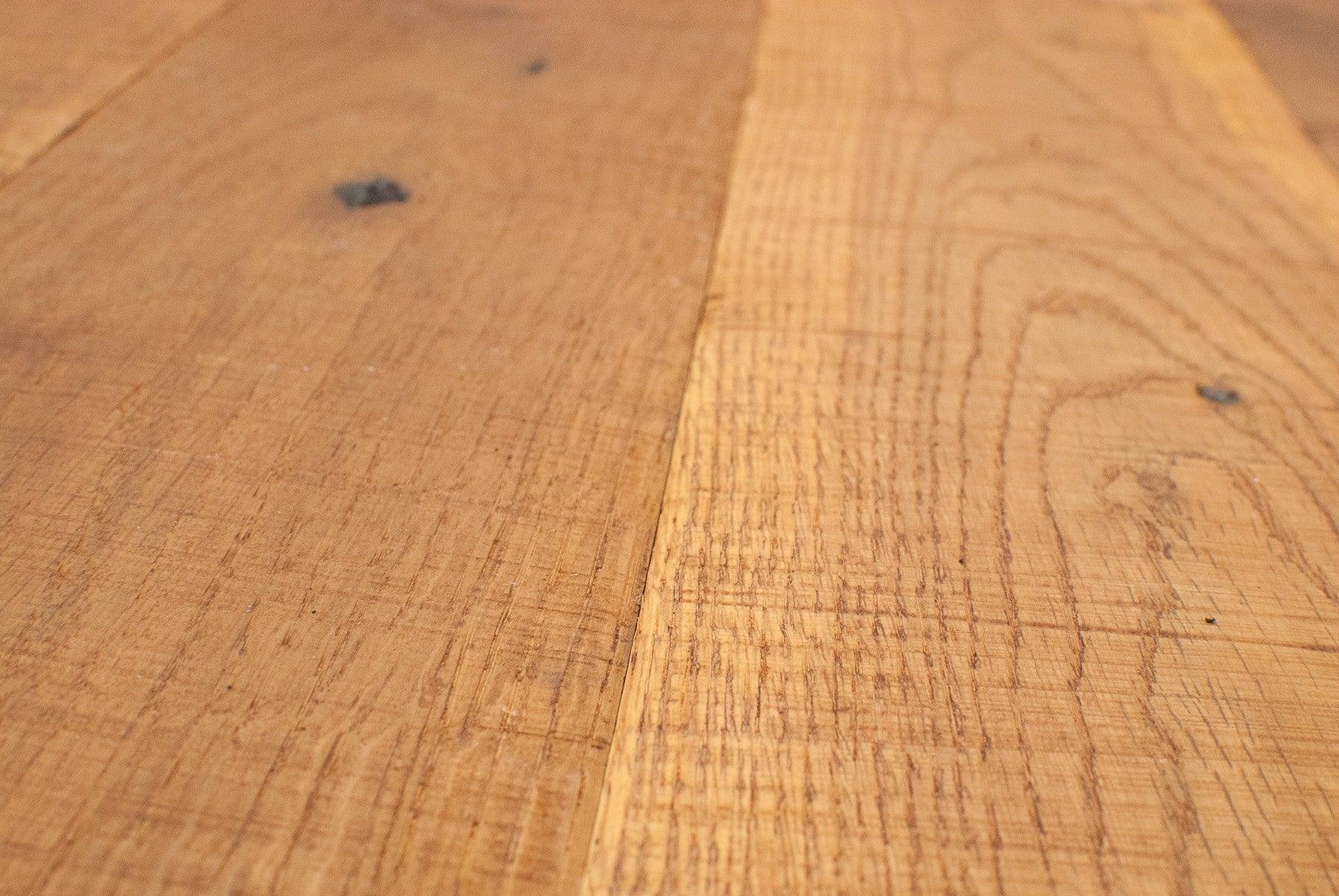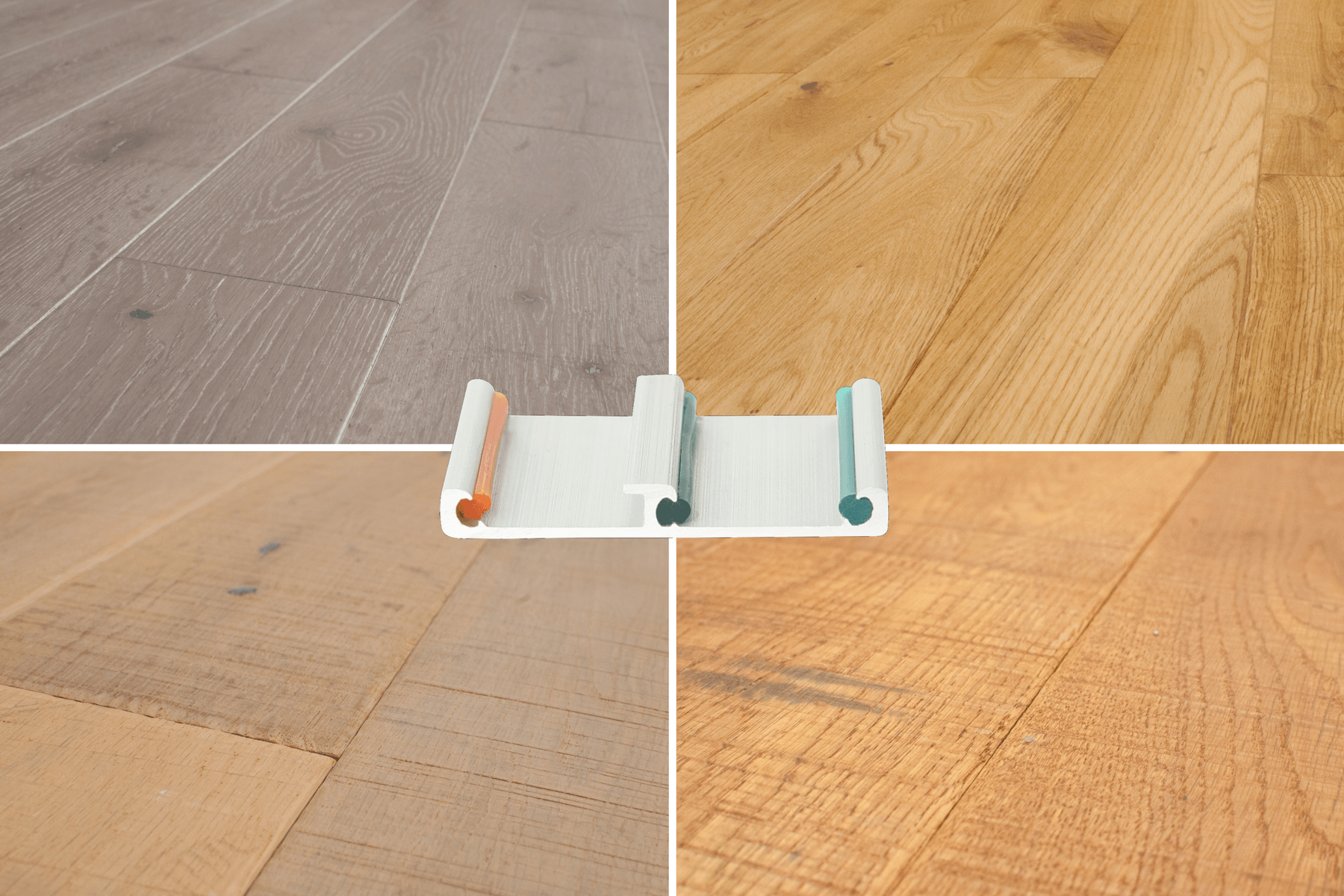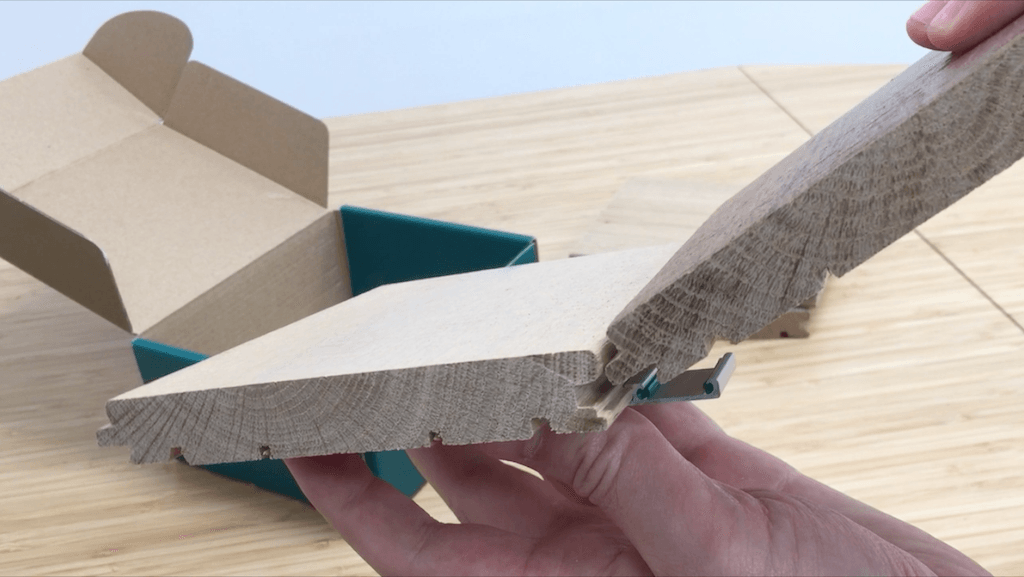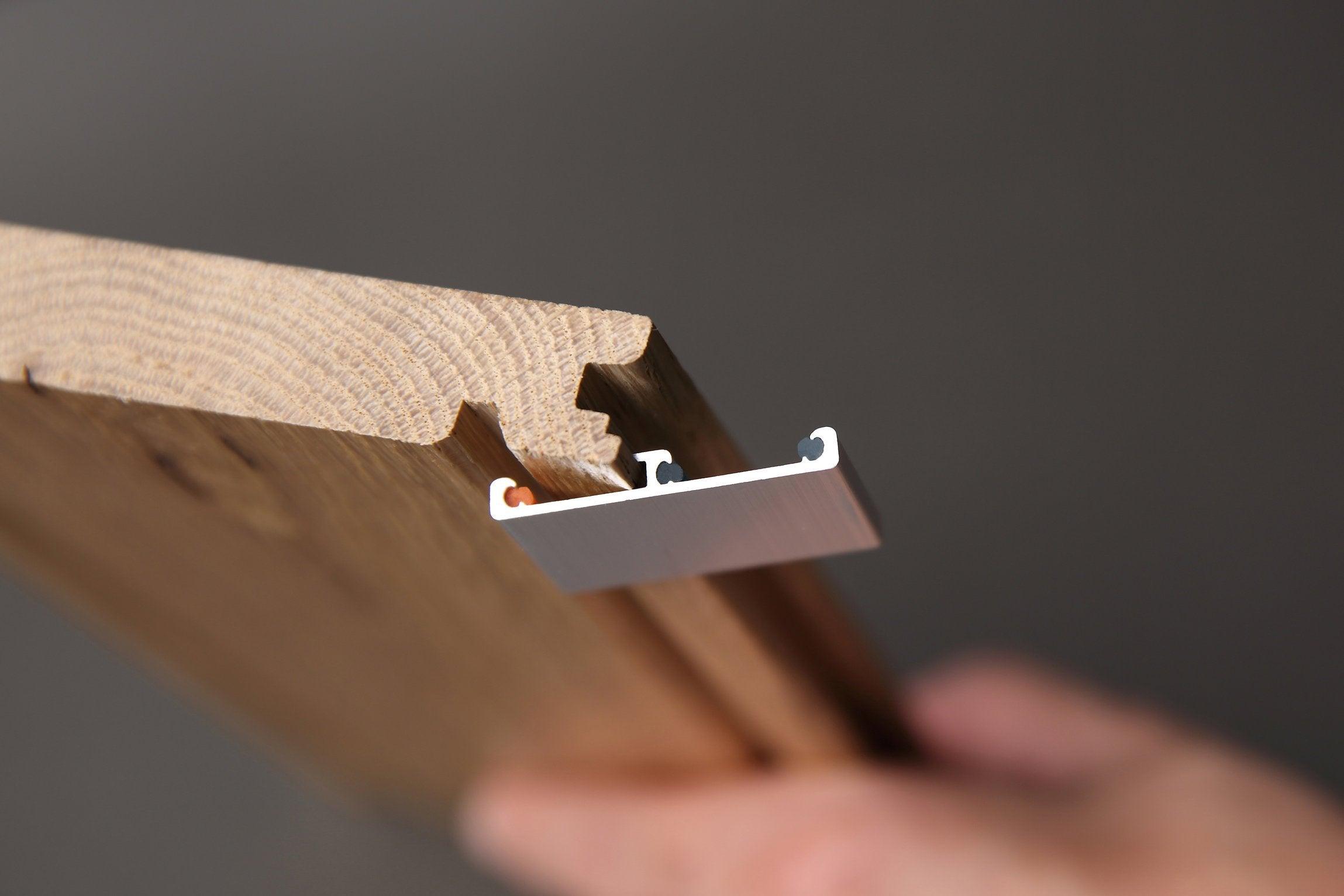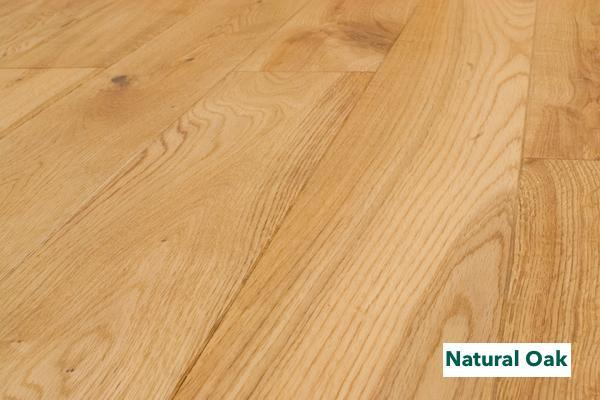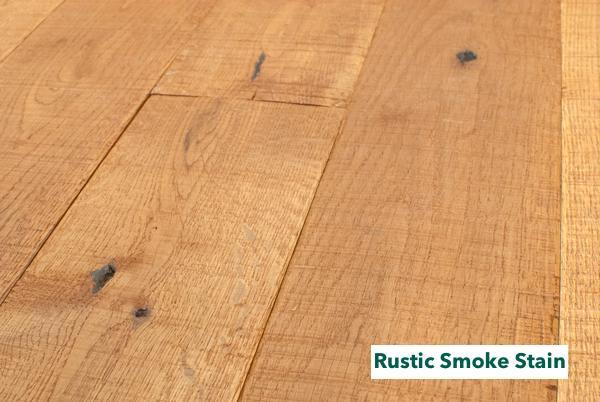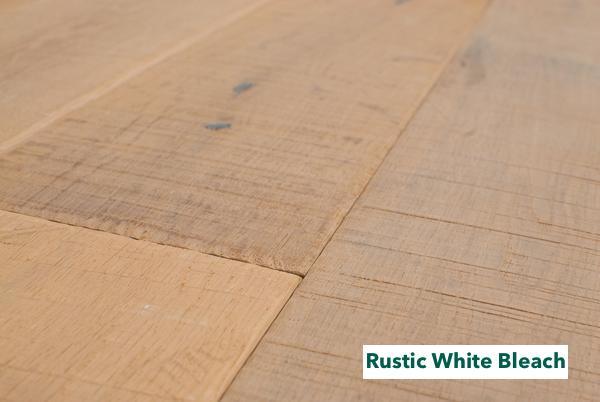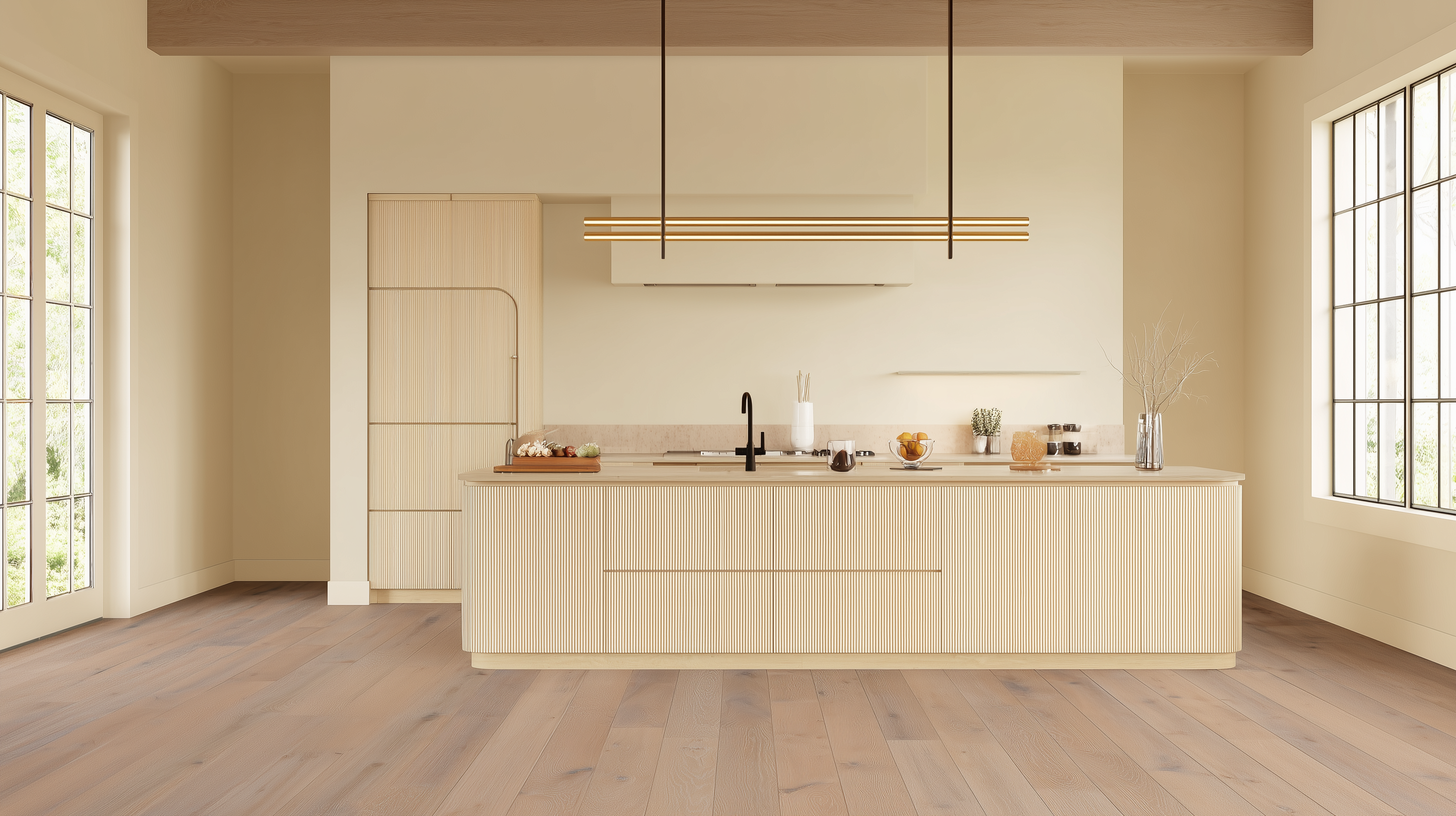Life in the South comes with a rhythm all its own, warm air, coastal breezes, and long humid seasons that test the limits of every material in a home, especially hardwood flooring. While hardwood brings timeless beauty and natural comfort, southern humidity can lead to swelling, cupping, and even warping if moisture isn’t properly managed. Moisture control for hardwood floors is important to master.
According to NOAA’s National Centers for Environmental Information, average relative humidity across southern states such as Louisiana, Mississippi, and Florida often sits between 70 and 80 percent year-round (NOAA Climate Data). Those levels are well above what most hardwood floors are designed to handle without protection or climate control.
That’s why moisture control for hardwood floors is one of the most important parts of any southern home design. With traditional nail-down or glue-down systems, excess moisture often gets trapped beneath the surface, causing long-term damage. Easiklip flooring offers a modern alternative: a floating solid oak floor that locks together using a patented clip system. It installs without adhesives, allowing each plank to move naturally with humidity while maintaining a clean, quiet, and stable surface.
This guide explores practical strategies for moisture control for hardwood floors, from choosing the right underlayment to balancing humidity year-round, so you can enjoy the warmth of solid wood without the worry.
Why Moisture Controls for Hardwood Floors Matters More in the South
Moisture is the silent force that shapes how hardwood floors age, and in southern climates, it’s impossible to ignore. Unlike drier northern regions, much of the South experiences high year-round humidity, long wet seasons, and temperature swings that challenge even the most durable finishes.
When air humidity rises, hardwood absorbs moisture and expands. As conditions dry out, it releases that moisture and contracts. Repeated cycles cause stress on joints, surface buckling, and gaps along board seams. The National Wood Flooring Association (NWFA) recommends keeping indoor relative humidity between 30 and 55 percent to maintain flooring stability (NWFA Moisture Guidelines). In many southern homes, humidity can climb well above that range during the summer.
Easiklip flooring helps moderate these natural shifts. Its floating clip system allows solid European oak planks to expand and contract freely without damaging subfloors or breaking adhesive bonds. Unlike traditional nail-down installations, it adapts gracefully to seasonal moisture changes, making it ideal for coastal or high-humidity environments.
To further stabilize conditions indoors:
-
Use a hygrometer to track indoor humidity.
-
Run HVAC systems consistently during humid months.
-
Install dehumidifiers in basements or crawl spaces.
Design Tip: Aim for comfort, not extremes. If your home feels muggy to you, it’s likely too damp for your hardwood as well.

Common Moisture Problems with Hardwood Floors
Southern humidity introduces specific flooring issues that, while preventable, are all too familiar:
-
Cupping: Board edges curl upward when moisture seeps in from below.
-
Crowning: The centre of each plank rises after the surface absorbs excess humidity.
-
Gapping: Boards shrink and separate when interior air dries out rapidly, often after running air conditioning continuously.
These problems not only affect appearance but also weaken the flooring’s structure over time. High indoor humidity, combined with concrete subfloors and occasional flooding, makes moisture management a year-round task for southern homeowners.
Because Easiklip flooring uses no glue or nails, it avoids many of these common failure points. The floating system prevents trapped moisture beneath planks and allows air circulation between the subfloor and the oak boards, a natural safeguard against cupping and crowning.
Before installation, check subfloor moisture with a digital meter and allow materials to acclimate for at least 48–72 hours. A proper moisture barrier or underlayment (see Best Underlayment for Hardwood Floors) adds an extra layer of defense, protecting your hardwood investment from the challenges of the southern climate.
Design Tip: When possible, choose lighter wood tones such as natural or white oak; they hide subtle seasonal changes in width and colour more gracefully than darker stains.
Preventing Moisture Damage: Southern Strategies That Work
Protecting hardwood floors in southern climates begins long before the first board is installed. The key is to create balance, controlling moisture both above and below the floor so it never has a chance to settle where it shouldn’t.
Here are proven strategies for homeowners in humid regions:
Stabilize indoor humidity year-round.
Use your HVAC system continuously rather than cycling it seasonally. Consistent air movement prevents damp air pockets that lead to cupping or gapping.
Monitor moisture with a hygrometer.
This small, inexpensive tool helps ensure humidity stays between 35–55 percent, as recommended by the NWFA (NWFA Moisture Guidelines).
Seal vulnerable entry points.
Pay special attention to kitchens, bathrooms, and exterior doors where humid air enters. Use flexible sealants and trims to prevent moisture intrusion at thresholds.
Add a vapour barrier or underlayment.
A moisture-resistant layer under your floor protects from ground moisture or condensation. See The Best Underlayment for Hardwood Floors for recommendations.
Let floors acclimate before installation.
Give your hardwood at least 72 hours to adjust to local humidity. This step alone prevents most expansion-related issues.
Easiklip flooring makes these preventative measures even simpler. Its floating clip system doesn’t trap moisture beneath the surface, and because no glue or nails are used, the boards can expand and contract naturally without structural strain.
Design Tip: During heavy rain seasons, keep interior doors open to encourage air circulation; consistent airflow helps floors breathe evenly throughout the home.

The Role of Underlayment and Vapour Barriers
In southern homes, the underlayment is your hardwood’s first line of defence. It cushions, insulates, and, most importantly, protects against rising dampness from concrete slabs or crawl spaces.
Different types of underlayment serve different purposes:
-
Foam underlayment provides comfort underfoot and basic moisture protection.
-
Cork underlayment offers natural sound absorption and mould resistance.
-
Combination underlayments with integrated vapour barriers provide all-around moisture control and noise reduction.
When installed correctly, an underlayment minimizes the risk of moisture seeping upward into the wood fibres. The NWFA recommends checking the subfloor’s moisture content before installation and using a vapour barrier where readings exceed 12 percent (NWFA Installation Guidelines).
Because Easiklip flooring is a floating system, it works perfectly with modern underlayments. The clip design leaves a small air space below each plank, allowing airflow that reduces the risk of trapped moisture, a common issue with glued or nailed floors.
For extra peace of mind, pair Easiklip with a high-quality vapour barrier such as polyethylene film under concrete subfloors or a breathable cork underlayment for raised wood systems.
Design Tip: In high-humidity regions like the Gulf Coast, opt for an underlayment rated for 100 percent vapour barrier efficiency to ensure maximum long-term protection.

Easiklip’s Floating System: Built for Humid Climates
Southern humidity can test even the best floors, but Easiklip’s floating solid hardwood system is engineered to meet that challenge head-on. Unlike traditional nail-down or glue-down floors, which often trap moisture beneath the surface, Easiklip flooring installs using a patented aluminum clip system that allows each plank to “breathe.”
This design eliminates adhesives and creates a micro air channel below the floor, preventing moisture buildup while allowing natural expansion and contraction. The result is a quieter, cleaner, and more stable installation that maintains its integrity through the South’s fluctuating humidity levels.
Each Easiklip board is crafted from solid European oak, a dense, slow-grown hardwood prized for its dimensional stability and durability. It’s the ideal choice for homeowners who want the authenticity of real wood with modern engineering that resists cupping and gapping.
In humid coastal states such as Florida, Alabama, and Louisiana, where high dew points and seasonal storms are the norm, Easiklip’s flexibility means fewer callbacks, less maintenance, and decades of reliable performance.
Design Tip: When possible, leave a small expansion perimeter (10–15 mm) at room edges and transitions. Easiklip’s floating design will take care of the rest, allowing your floor to expand naturally without buckling.
Maintenance Tips for Southern Homes
Even the best hardwood floors need thoughtful care to thrive in high humidity. With a few simple habits, you can preserve your Easiklip floor’s beauty and performance for generations.
Daily and seasonal habits:
-
Control humidity year-round. Use a dehumidifier in summer and maintain steady AC during peak humidity. Avoid turning off systems for long periods.
-
Clean smart. Use a dry microfiber mop or a slightly damp cloth—never soak or steam hardwood.
-
Watch for condensation. Check window sills, sliding doors, and vent areas after rain or temperature drops.
-
Regulate airflow. Ceiling fans or whole-home ventilation systems help equalize humidity between rooms.
-
Inspect annually. Look for small gaps or raised edges and fill them promptly using the best wood filler for hardwood floors to prevent moisture intrusion.
Because Easiklip uses no adhesives, individual boards can be lifted and refinished if needed, a rare advantage in humid climates. The result is a cleaner, longer-lasting floor that adapts.

Protect Your Hardwood with Easiklip Moisture Solutions
Humidity is part of southern life, but damage to your hardwood floors doesn’t have to be. The key to lasting beauty lies in smart planning, proper underlayment, and moisture control for hardwood.floors from day one.
Easiklip hardwood flooring brings together the warmth of real European oak with engineering designed for humid regions. Its floating clip system allows planks to expand and contract naturally, eliminating the stress that causes traditional floors to warp, buckle, or cup. No glue. No nails. Just quiet, breathable performance that stands up to southern humidity year after year.
Before your next renovation or new build, explore the options that make Easiklip a natural fit for your climate:
-
Browse Easiklip collections to choose your perfect finish.
-
Order samples to test tone and texture in your light.
-
Review the installation guide for step-by-step direction.
Expert Insight: As the National Wood Flooring Association (NWFA) notes, “Stable conditions mean stable floors.” Easiklip’s floating system delivers exactly that, a stable foundation that moves naturally with your environment.
Protect your hardwood investment the smart way. With Easiklip, you get more than flooring; you get peace of mind, built for southern living.
